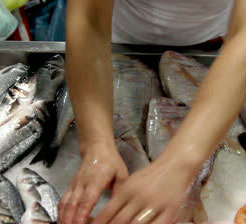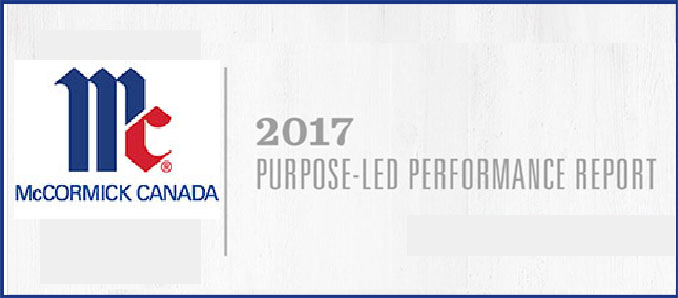 Seafood is a category of food that is filled with a positive trove of different dishes that can taste quite positively delicious when prepared right. Whether it’s the simpler of dishes such as fish or shrimp to more exquisite delicacies such as crab or lobster there are certain considerations that need to be made before beginning to prepare your seafood dish of choice.
Seafood is a category of food that is filled with a positive trove of different dishes that can taste quite positively delicious when prepared right. Whether it’s the simpler of dishes such as fish or shrimp to more exquisite delicacies such as crab or lobster there are certain considerations that need to be made before beginning to prepare your seafood dish of choice.
The first step is lies in the purchasing of your primary ingredient, your seafood. The first consideration is to make sure you purchase your seafood from a reputed seller as the potential for harm from poorly preserved and treated seafood is quite high. One such consideration is checking to see that the fish is always stored below 40 degrees Fahrenheit.
Always avoid packages of seafood that have ice crystals o them as this is usually an indication that the package has been thawed and then refrozen. When buying packaged seafood always make sure the package is not damaged and are tightly sealed.
While the former tips concentrate on issues that are to do with the supplier of our seafood there are still several things that the cook can also do to ensure the freshness and safety of the seafood prior to preparation.
The first precaution is to ensure proper storage which can be done through immediately storing in the refrigerator or freezer depending on when you are planning to use it. It is also helpful to place you seafood in an air tight container or wrap it in cellophane to help preserve freshness as the presence of air will help bacteria grow.
Should you be storing live clams, oysters, lobsters, mussels or crayfish make sure to house them in well ventilated containers to ensure that they have air to breathe. Covering the container with a wet or damp cloth will also provide the necessary moisture for these them to survive.
It is also important to remember to set the appropriate temperature for different types of seafood products. For fresh, pasteurized and smoked seafood items the correct temperature is around 32 to 38 degrees. It is important to get the temperature correct and checking can be done with a refrigerator thermostat. For items that need to be frozen ensure that the freezer is set to 0 degrees or less as otherwise the food will get contaminated at a much faster rate.
If for some reason you have left the seafood item in the fridge or freezer past the expiration date it is absolutely vital that you throw it out instead of consuming it as off seafood can easily cause illness.
When preparing your seafood always ensure that the raw seafood and cooked seafood are never mixed as this will prevent cross contamination and do not cut them on the same cutting board for the same reason.
Always make sure to thoroughly clean surface that has touched raw seafood including your hands and any utensils that you may have used. When defrosting seafood always do it in your refrigerator, in the microwave or under running cold water. Never defrost it on your counter as this helps germs grow.
The final steps involve the actual cooking of your seafood dish. Always cook the dish till it flakes easily with a fork and turns an opaque colour. Lastly always remember to never serve raw seafood to pregnant women, young children or older people and people with weakened immune systems as they are more vulnerable to the potential harmful of raw seafood.
While these are a lengthy series of precautions that need to be followed the most vital of all still remains in the procuring of quality ingredients as without carrying out this step successfully none of the others will matter. So remember to always keep these things in mind when buying your frozen seafood.
For those interested in buying large scale quantities especially on a regular basis doing business with reputed seafood wholesalers is absolutely vital in order to ensure the reliability of the fish provided.
About the Author
Tom Zane works at Poulos Bros, a reputed Australian Seafood Wholesaler that has been in the industry ever since 1955. As an employee in the seafood industry with an extensive service record he is an expert in the field.





